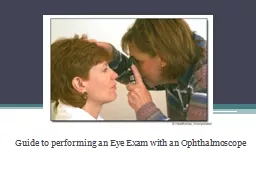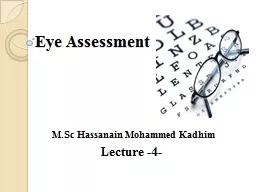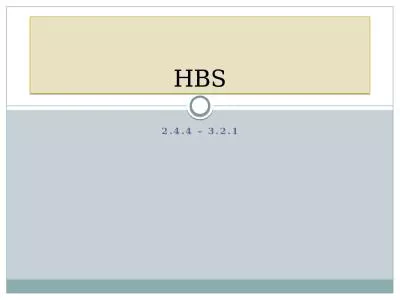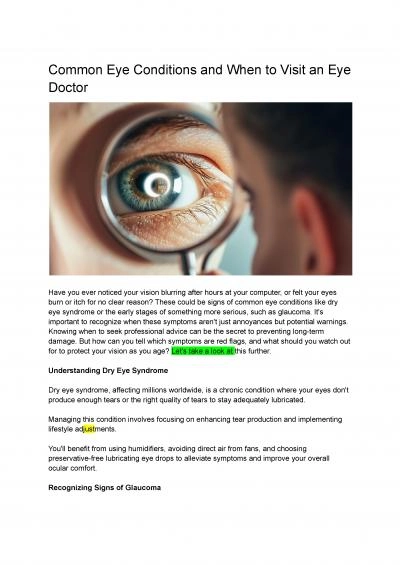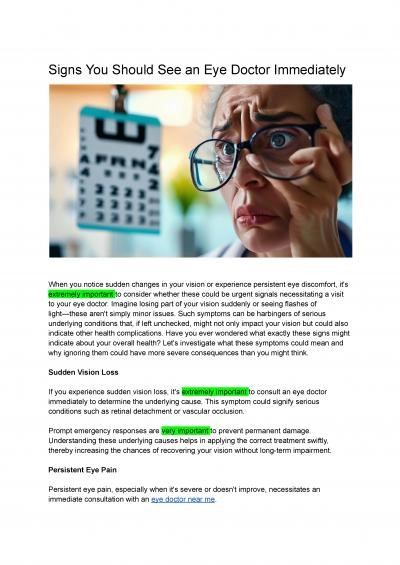PPT-Guide to performing an Eye Exam with an Ophthalmoscope
Author : conchita-marotz | Published Date : 2020-04-10
Tool Ophthalmoscope Front Facing the Patient Back Facing the Doctor Anatomy of the Eye Step 1 Have the patient sit down Have the patient sit down facing the doctor
Presentation Embed Code
Download Presentation
Download Presentation The PPT/PDF document " Guide to performing an Eye Exam with an..." is the property of its rightful owner. Permission is granted to download and print the materials on this website for personal, non-commercial use only, and to display it on your personal computer provided you do not modify the materials and that you retain all copyright notices contained in the materials. By downloading content from our website, you accept the terms of this agreement.
Guide to performing an Eye Exam with an Ophthalmoscope: Transcript
Download Rules Of Document
" Guide to performing an Eye Exam with an Ophthalmoscope"The content belongs to its owner. You may download and print it for personal use, without modification, and keep all copyright notices. By downloading, you agree to these terms.
Related Documents

